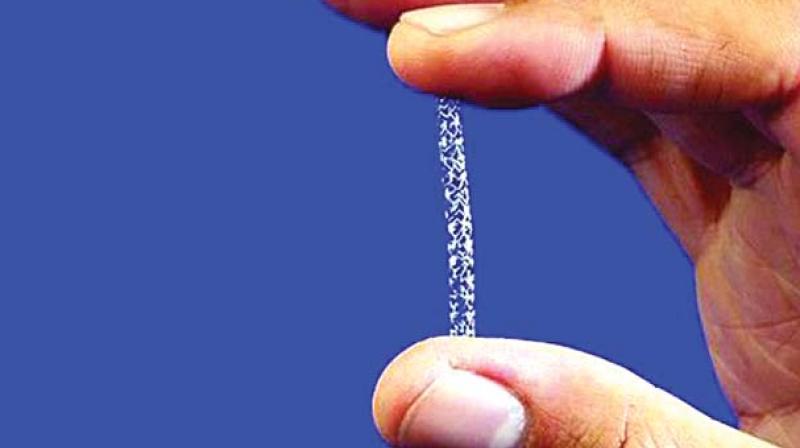The government has decided to cap the margins on medical devices to 65 percent, to curb profiteering among importers and manufacturers. The approach to cap the margins is more in sync with the demand of manufacturers and a departure from the previous price control approach. The price controlling hurts innovation and creativity, it also reduces the company’s investment in research because due to price controls, the budget becomes limited. The MRP (maximum retail price) will be decided by adding the trade margin to the price at the first point of sale (stockist). The trading margin is the difference between the price at which the manufacturers/importers sell to stockists and the price charged to consumers. “There has been more or less a consensus among government think tank Niti Aayog, the health ministry, department of pharmaceuticals and the department of industrial policy & promotion on regulating trade margins on medical devices,” said a person close to the matter.
The margin cap will apply to devices such as cardiac stents and knee implants, for which government slashed prices by 85 percent under the Drugs Price Control Order (DPCO), 2013. At present, 23 medical devices have been notified as drugs and are regulated under the Drugs and Cosmetics Act. Of these, four—cardiac stents, drug-eluting stents, condoms and intra-uterine devices—are included in the National List of Essential Medicines which makes them subject to notified price ceilings. Last year, knee implants were brought under price control under para 19 of the Drugs (Price Control) Order, 2013. The remaining medical devices are not under any form of price regulation. National Pharmaceutical Pricing Authority (NPPA) regulates the price of pharmaceuticals in India.
Earlier there were talks about price caps on medical devices but the manufacturers and importers were opposing this on the point that it will hurt innovation and cutting-edge devices imports in the country. It was like depriving rich people of the country of something because poor cannot have it, the same old povertarian view of things. Even for the price cap, the industry bodies requested the government to take a liberal point of view which should benefit both consumer and industry. “If trade margin is capped below 50-75%, it will lead to shortage of devices in the supply chain, and manufacturing will be adversely impacted as manufacturers will further lose competitive advantage to deep-pocketed MNCs who already use huge margins for sponsorship of conferences and foreign trips of doctors in the garb of training,” said Rajiv Nath, forum coordinator of Association of Indian Medical Device Manufacturers. So, the government kept the caps within the limit asked by industry associations. Although, some people and NGOs are not happy with the introduction of profit cap and the removal of price controls. “The government’s plan to remove coronary stents and knee implants from the purview of DPCO is a regressive move that is unacceptable to consumers,” said Malini Aisola, co-convenor, All India Drugs Action Network.
The medical industry is a burgeoning sector in the country, it is estimated to be valued at around $20 billion in the next couple of years. The government has to maintain a fine balance between industry demand and consumer demand, so the 65 percent cap on profits could be the fine line between both.
